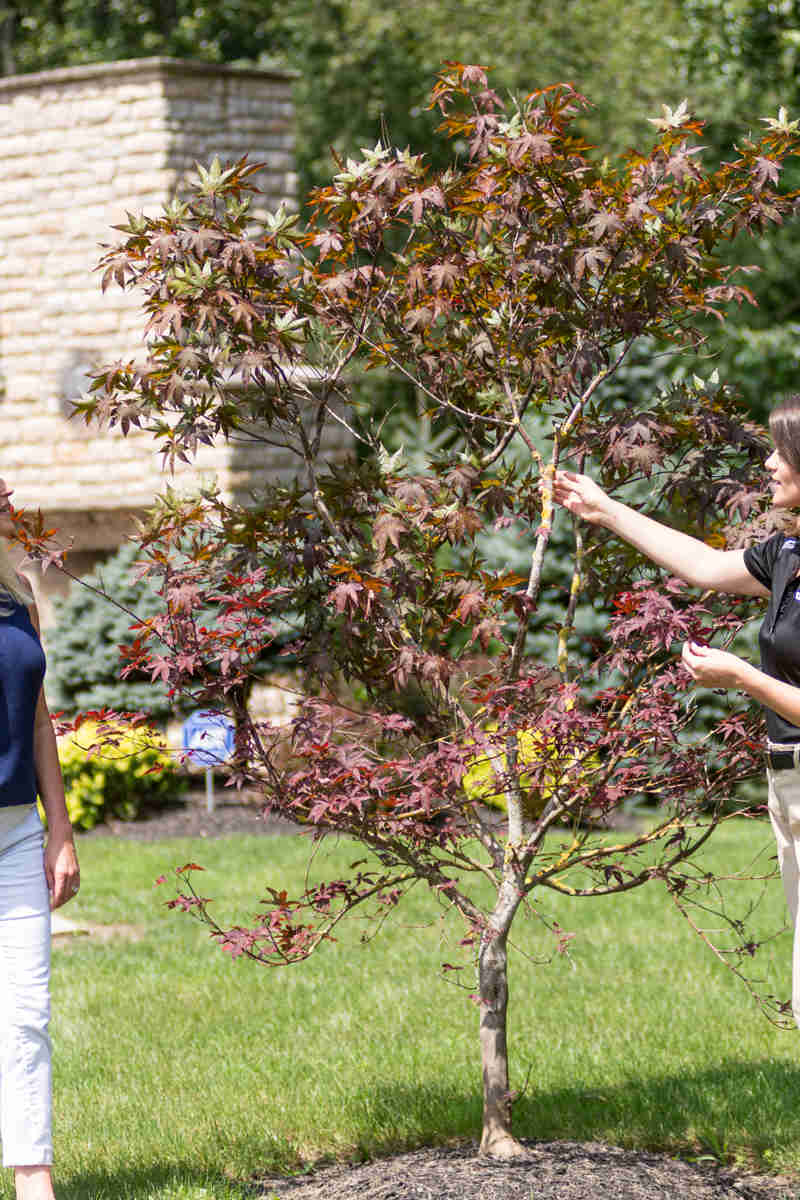Hemlock Woolly Adelgid Description:
Hemlock woolly adelgid (HWA) is a serious pest that is related to aphids. Hemlock woolly adelgids injure hemlocks by sucking sap from needles and twigs.
Hosts:
In the eastern U.S., HWA attack eastern hemlock (Tsuga canadensis) and Carolina hemlock (Tsuga caroliniana). In the Pacific Northwest, HWA may attack mountain hemlock (Tsuga mertensiana) and western hemlock (Tsuga heterophylla), but both species are considered highly resistant to HWA unless stressed.
Biology & Symptoms:
Adult female adelgids protect themselves and their eggs with “woolly” white filaments of wax. These look like cottony masses on the underside of hemlock needles and twigs. Heavy infestations resemble a coating of snow. Initially, hemlock needles are discolored and drop prematurely. As the infestation progresses, the tree loses vigor, and twigs and branches die back. If the infestation is severe and goes untreated, HWA may result in tree death.
Management:
Apply horticultural oil in spring, summer, and fall to help control large infestations. Additionally, soil injections of appropriate insecticides can provide protection throughout the season. Applications of the proper insecticide can help the tree rebound from hemlock woolly adelgid damage. Use a complete, slow-release fertilizer to help with the overall health of the tree. Do not fertilize with only soluble nitrogen, since this may increase adelgid numbers. Apply fertilizers only after a pest management program has been initiated.





